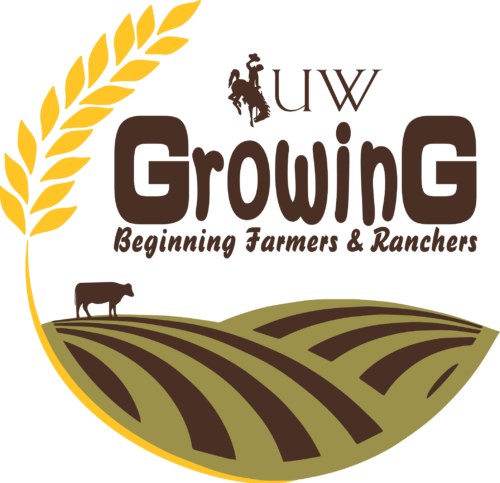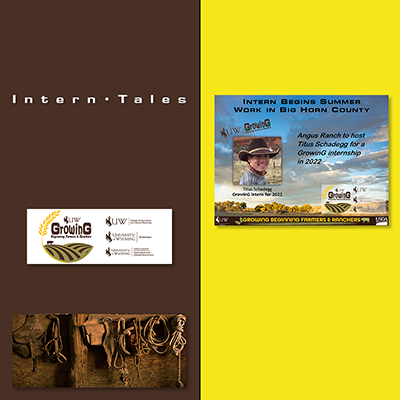Regen Grazing, Grass Management

#bfrdpwy #aginternship #RightRisk
This week I had the opportunity to attend the Regenerative Grazing and Soil Health Workshop put on by the Washakie County Extension office. The presenter was Alejandro Carrillo of Las Damas Ranch in Mexico, where he has implemented intensive grazing practices. He showed us the benefits he has had with his soil, grasses, and cattle.
On the third day, Alejandro came specifically to my host ranch family’s place. While here, he inspected a couple of areas where intensive grazing and long rest periods had been implemented. We also viewed some BLM [Bureau of Land Management] land that had been degraded through set stock[ing] practices and improper management.
Alejandro gave a powerful presentation where he showed the depleted land with nearly no grass that he started with on the Las Damas Ranch over 20 years ago. There was a stark contrast between then and now. Now on his ranch, multiple annual and perennial grasses thrive, staying green 9 months out of the year without irrigation.
This spoke to me greatly about how, without holistic and intensive herd management, we see less and less growth in the annual and perennial grasses. We begin to see invasive species, such as Sagebrush, Cedars, and Cheat Grass; these are expressions of mismanaged lands.
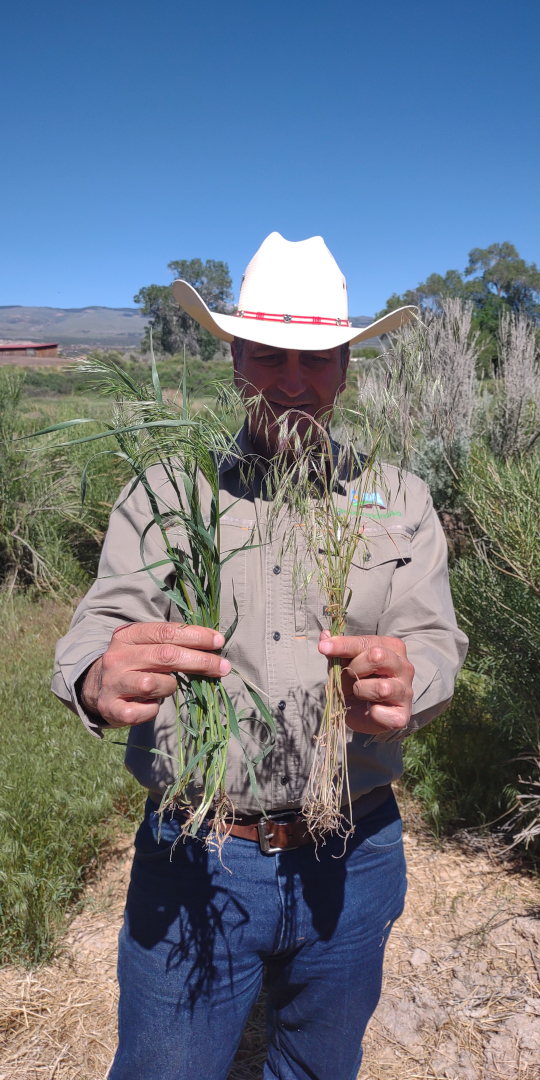
My question at this point would be how can I gain more education about and experience with regenerative ranching? It is clear to me that this is the most productive way to utilize land and livestock with minimal input and labor after these practices have been executed.
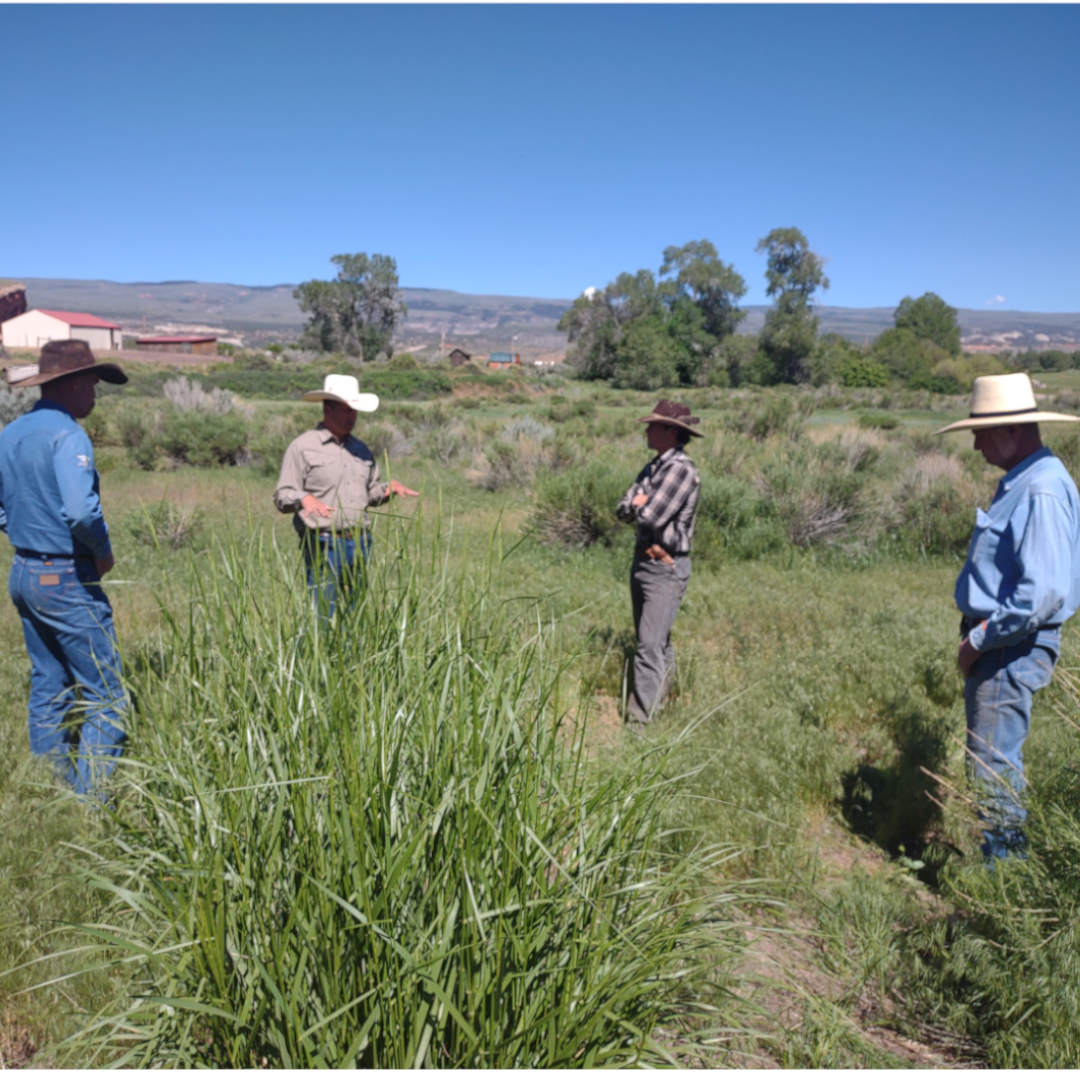
Another question I have is how much federally managed land is underproducing, and would those government agencies be willing to work with producers to start regenerating BLM and USFS managed lands?
Alejandro’s information resonated with me and I am excited to expand my knowledge in this area. I plan to read different books about herd genetics and land management to get a better grasp on regenerating land through animal impact. I would also like to learn more about the water cycle beyond an elementary understanding. I hope someday to visit Alejandro’s Las Damas Ranch to see his work firsthand.
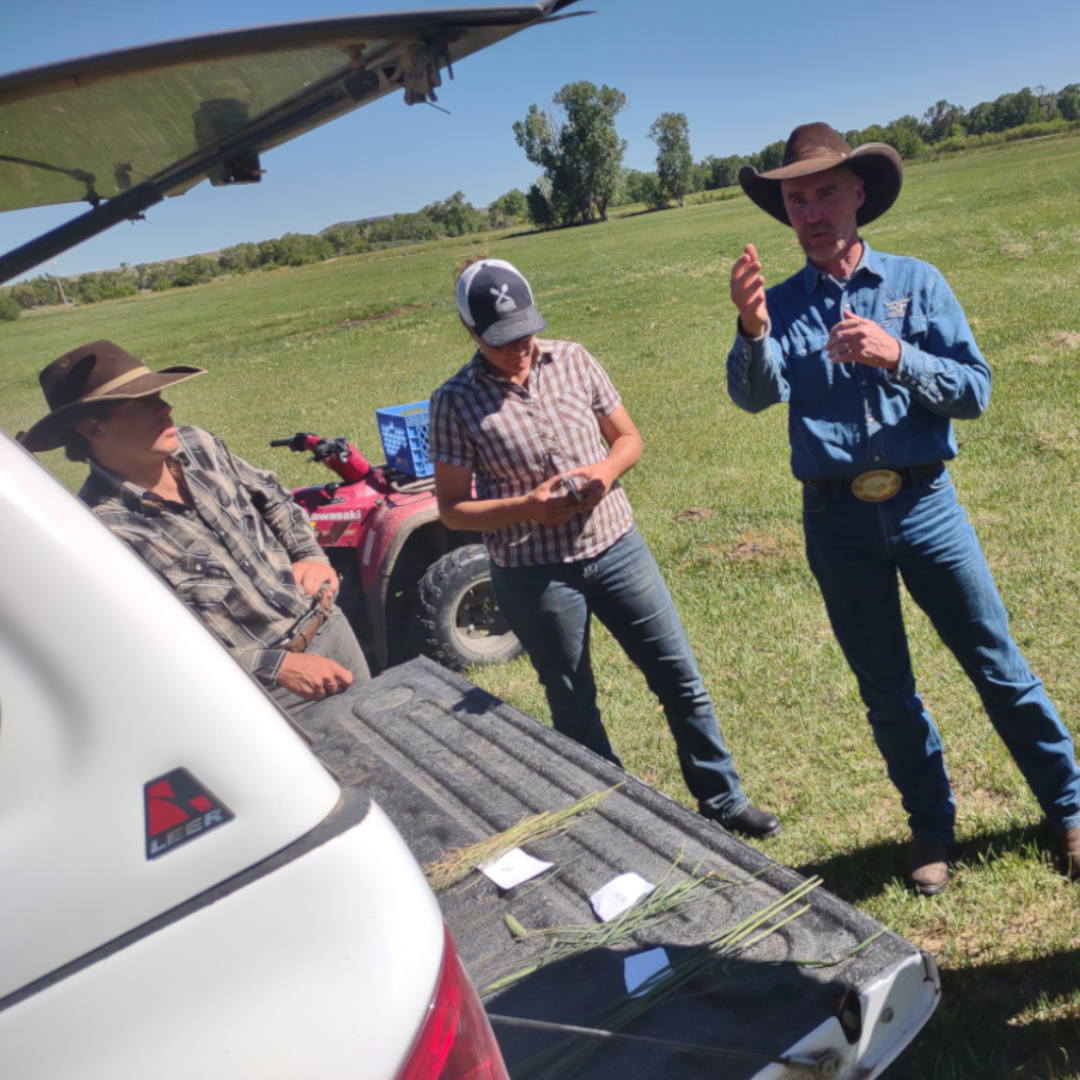
Submitted by: Titus Schadegg
Edited by: GrowinG Internship Team
